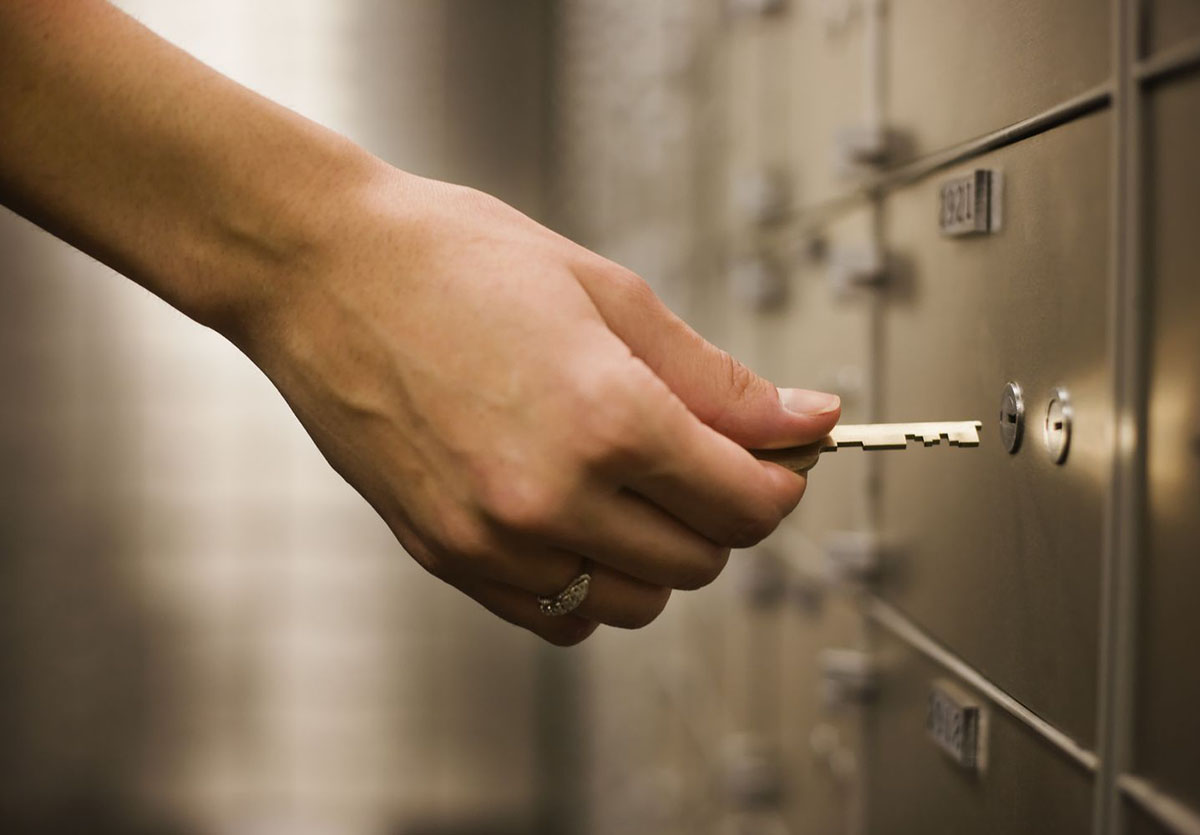

Finance
Safekeeping: Definition, Methods, Example
Published: January 23, 2024
Learn about safekeeping in finance with this comprehensive guide. Understand the definition, methods, and see an example in action.
(Many of the links in this article redirect to a specific reviewed product. Your purchase of these products through affiliate links helps to generate commission for LiveWell, at no extra cost. Learn more)
Safeguarding Your Finances: A Guide to Safekeeping
When it comes to managing our finances, one aspect that often gets overlooked is safekeeping. But what exactly is safekeeping and why is it important? In this blog post, we will explore the definition of safekeeping, different methods of ensuring the safety of your financial assets, and provide you with a real-life example of the significance of safekeeping in the world of finance.
Key Takeaways:
- Safekeeping is the act of protecting and managing your financial assets to minimize the risk of loss or theft.
- There are various methods of safekeeping, including physical storage, digital encryption, and utilizing the services of trusted financial institutions.
What is Safekeeping?
Safekeeping, in the realm of finance, refers to the act of protecting and managing your financial assets in a way that minimizes the risk of loss or theft. It is an essential aspect of financial management that ensures the security and integrity of your investments, important documents, and monetary resources. By practicing safekeeping, you can have peace of mind knowing that your hard-earned money is safe and readily accessible when you need it.
Now that we understand the importance of safekeeping, let’s explore some of the methods commonly used to safeguard our financial assets:
Methods of Safekeeping
1. Physical Storage:
Physical storage is one of the traditional methods for safekeeping. This involves storing important documents, such as identification cards, passports, or property deeds, in a secure location, such as a home safe or a safety deposit box at a bank. By keeping physical copies of crucial financial information protected, you can mitigate the risk of loss due to theft, fire, or natural disasters.
2. Digital Encryption:
In today’s digital age, it is imperative to extend safekeeping measures beyond physical storage. Digital encryption serves as an effective method of protecting sensitive financial information, such as bank account details or credit card numbers. By utilizing encryption software or secure online platforms, you can safeguard your digital assets and thwart unauthorized access by hackers or cybercriminals.
3. Trusted Financial Institutions:
Another popular method of safekeeping is relying on the services of reputable financial institutions. Banks and other financial entities provide secure storage options for your funds and important documents. With features like deposit insurance and strict security measures, these institutions offer a higher level of protection against loss or theft, giving you the confidence to entrust them with your financial assets.
An Example of Safekeeping in Finance
To further illustrate the significance of safekeeping, let’s consider the example of an individual who invests in stocks. This person ensures that their stock certificates, representing their ownership in a company, are stored securely in a deposit box provided by their brokerage firm. By doing so, they minimize the risk of losing their share certificates and can easily access them when needed for selling or transferring ownership.
Furthermore, the brokerage firm employs stringent security protocols to protect the investor’s assets, such as multiple levels of authentication, encrypted digital platforms, and physical security measures within their facilities. This provides the investor with peace of mind, knowing that their investments are well-protected and readily available for future transactions.
In Conclusion
Safekeeping is a fundamental aspect of financial management that should not be overlooked. By implementing various methods of safekeeping, such as physical storage, digital encryption, and utilizing trusted financial institutions, you can safeguard your financial assets against loss or theft. Whether you are an individual investor, a business owner, or a regular consumer, practicing safekeeping ensures the security and accessibility of your hard-earned money.
Remember, safekeeping is not just a one-time process; it requires continuous monitoring and updating to adapt to the evolving methods of theft and fraud. Prioritizing safekeeping will not only protect your financial assets but also provide you with a sense of control and confidence in managing your finances.














